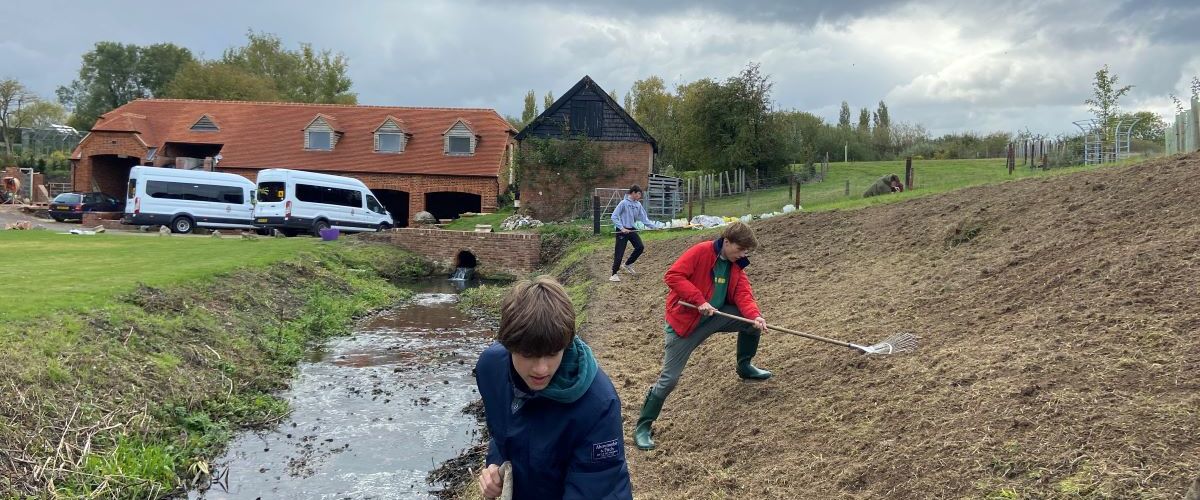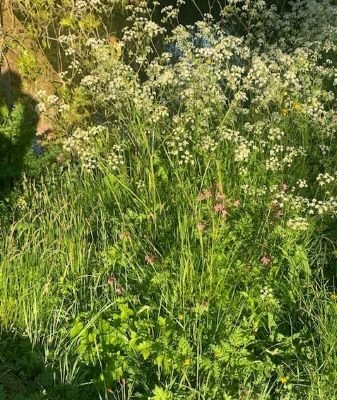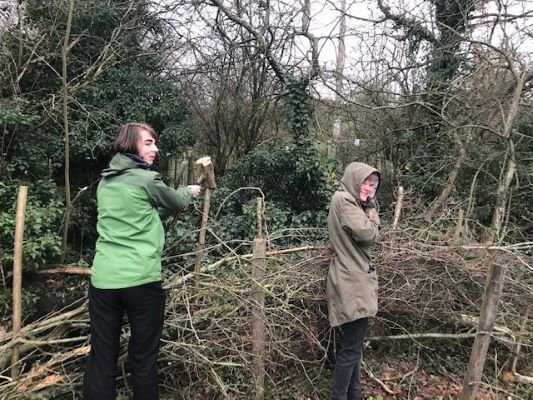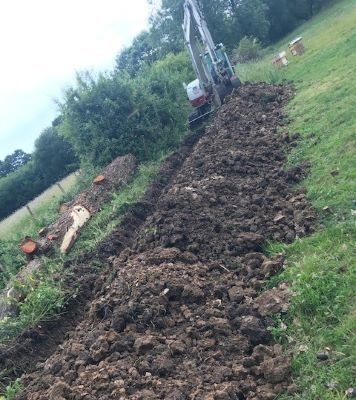

A Walk on the Wild Side
The State of Biodiversity
The figures for biodiversity collapse are alarming: over the last 50 years, global vertebrate life has declined by 60 per cent (a group that includes birds, fishes and insects). One million species of animals are now under threat, as are ¼ of all plants.
In the UK, thousands of miles of hedgerows have disappeared since the Second World War; as have 97.5 % of our wildflower meadows. There are now 40,000,000 fewer birds than in 1970. Within living memory, we have seen collapses in the numbers of insects. As a boy, I remember trains running into Waterloo in the 1970s, their windscreens sticky black with dead insects. No longer.
Taking Action
It is easy to think nothing can be done. But in recent years, environmentalists such as Isabella Tree have been campaigning for all of us to change what we do. All our gardens can be made more wildlife friendly, with extraordinary results. At a project near Basingstoke, a manor farm once part of the Vyne estate (the ancestral seat of Robin Chute’s family) Winchester College boys have, over the past seven months, participated in a weekly rewilding project. Grass in fields has been allowed to grow wild. Paths have been cut, and willow creep cut back (willows block out light and preventing more delicate plants from growing).
Log piles for insects have been placed strategically around the fields and there are 12 beehives in the corner by the field shelter. Scrapes in the old watercress beds have been restored, and 2,800 native hedgerow whips planted both sides of the main footpath. Hundreds of flowering plants have been planted to add variety and interest to fields stripped by 70 years of intensive grazing and fertilisation.
Positive Change
These are early days, but already there has been noticeable change.
Badgers, voles, hawks, and butterflies in their thousands have returned. The grassland hums with insect life, the hedges resound to a dawn and evening chorus of birdsong. Grass snakes have returned – monitored by the Hampshire and Isle of Wight Amphibian and Reptile Group – we see their slithering escapes particularly by the three chalk streams that split the fields and woodland.
The aim is, in conjunction with neighbouring landowners, to create a wildlife corridor connecting the Vyne estate with its parish church in Sherborne St. John, and to have an impact on the thousands of walkers who weekly take the footpath between the two.
With pupils' help this aim will be achieved, and the broader community benefited. It is not just governments that have to change – we all do, in our gardens, where we holiday, how we consume, how we look after the fragile environments over which we are responsible. It is heartening to see how at Winchester, our wonderful gardeners Alan and Tim are leaving grass to grow long around the base of trees and along some of our margins. By doing so, by rejecting the 20th-century’s disastrous tendency to over manage, we are better looking after this beautiful but fragile corner of Hampshire.




 Head back to stories
Head back to stories